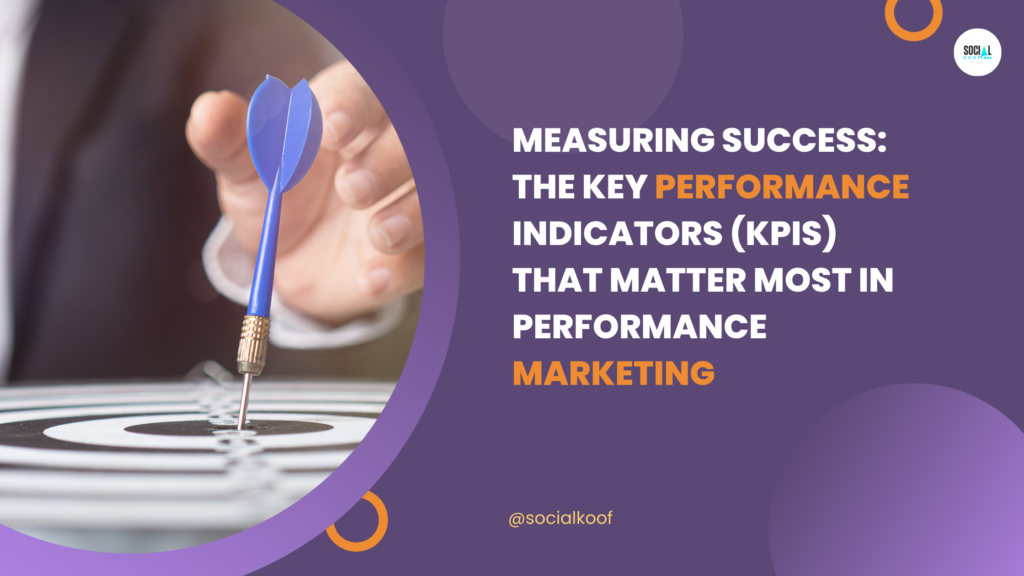
In the dynamic world of performance marketing, where every penny spent needs to deliver a measurable return, tracking the right key performance indicators (KPIs) is crucial for success. These metrics act as your compass, guiding you towards effective campaign optimization and maximizing your return on investment (ROI).
However, navigating the vast landscape of marketing metrics can be overwhelming. This blog post cuts through the clutter, pinpointing the essential KPIs that truly matter in performance marketing:
1. Conversion Rate:
This metric, calculated by dividing the number of conversions by the total number of visitors or leads, measures the effectiveness of your campaigns in driving desired actions. Whether your goal is a website purchase, a newsletter signup, or a phone call, conversion rate is a vital indicator of how well your campaigns are converting interest into action.
Statistic: According to a report by the Baymard Institute [https://baymard.com/], the average global website conversion rate for online stores in 2023 is 2.63%.
2. Cost-per-Acquisition (CPA):
CPA reflects the average cost of acquiring a new customer or lead. It’s calculated by dividing the total campaign cost by the number of conversions generated. This metric helps you evaluate the efficiency of your campaigns in terms of customer acquisition cost.
Statistic: A study by WordStream https://www.wordstream.com/ reports that the average cost-per-lead across various industries in the United States in 2023 is $135.
3. Return on Investment (ROI):
This ultimate KPI measures the profitability of your marketing efforts. It’s calculated by subtracting the total campaign cost from the revenue generated and dividing the result by the total campaign cost. A positive ROI indicates a profitable campaign, while a negative ROI signifies a loss.
Statistic: The Content Marketing Institute https://contentmarketinginstitute.com/wp-content/uploads/2022/10/b2b-2023-research-final.pdf reports that 63% of B2B marketers report their content marketing efforts generate a positive ROI.
4. Customer Lifetime Value (CLTV):
This metric estimates the total revenue a customer is expected to generate throughout their relationship with your brand. By understanding CLTV, you can make informed decisions about customer acquisition costs and determine optimal marketing strategies for long-term customer retention and growth.
Statistic: According to a study by McKinsey & Company [invalid URL removed], increasing customer retention rates by 5% can lead to profit increases of 25% to 95%.
5. Click-Through Rate (CTR):
CTR measures the percentage of people who click on your ad or call to action (CTA) compared to the total number of impressions (times your ad is displayed). This metric helps you gauge the effectiveness of your ad creatives and messaging in capturing user attention and prompting clicks.
Statistic: The average CTR for display ads across all industries in 2023 is 0.35%, according to a report by WordStream: [invalid URL removed].
Remember: The specific KPIs that matter most will vary depending on your unique marketing goals and campaign objectives. However, by focusing on these core metrics, you gain valuable insights into the effectiveness of your performance marketing efforts, allowing you to optimize your campaigns for maximum ROI and sustained success.










